Commercial Roofs in Colorado
The purpose of a good commercial roof maintenance checklist is to make sure that your flat roof doesn’t suffer the same fate as most of the others. A surprising majority of commercial flat roofs in Colorado, over 80%, wind up being replaced early due to neglect and failure to maintain and extend the life of the roof system. New commercial flat roofs in Denver usually cost thousands of dollars more than what repairs, maintenance, and/or roof restoration would.
 Commercial Roof Maintenance Programs
Commercial Roof Maintenance Programs
Commercial roof maintenance programs are fairly inexpensive, tax-deductible, and typically cost less than about one percent per year of estimated total replacement costs. Compared to replacing your roof every 15-20 years, a commercial flat roof maintenance program can save up to 50% over the life of a 30-year roof.
Most top tier Colorado commercial roofing companies offer maintenance programs, but you don’t necessarily need to hire a commercial roof contractor to perform this work. If you are a building owner or a property management company with an onsite maintenance person, he or she can often perform these functions.
Your Commercial Flat Roof Checklist
Below is our recommended Commercial Flat Roof Maintenance Checklist to help ensure that you don’t overlook any of the elements of your roof that require inspection. Your completed checklist can likewise serve as proof of proper maintenance should you need to submit an insurance or warranty claim.
Here are the steps we recommend taking to get the most value and the least trouble from your flat roof system in Colorado. This is a quarterly checklist. If everything is fine on your roof, this checklist really won’t take more than an hour or two depending on the size of your roof.
Interior Signs of Roof Leaks:
Examine your building’s interior for signs of water damage such as mold and mildew, water stains, and peeling paint. This will alert you to look for possible entry points for water on the roof above. But please note that water can travel sideways through building downpipes or framing. The causes of the damage may not be directly above the ceiling damage.
Dirt & Debris on Roof Surface:
Check for dirt and debris on the roof surface. This can clog drains and cause roofing surfaces to rot or decay prematurely. Check for fallen tree limbs that can damage flat roof membranes and have tree maintenance scheduled regularly as well. It is a good idea to power wash the roof at least once per year. This will not only prolong roof life but will also increase the reflectivity of the roof (depending on the system you have) and save on energy costs.
Sagging or Damaged Membranes:
Check the surface area or field of the roof, especially for low spots with standing water on flat roofs. Denver commercial roofing contractors see firsthand that roofs at altitude are susceptible to extreme damages. Sun and drastic temperature changes can cause weathering, blistering, and cracking on flat roofs. During your inspection, also look for abrasions or deep scratches, and tears or holes in the membrane. Although we don’t see this on Denver commercial roofs very often, it is not unheard of to find fungus or moss growing where water has been allowed to collect and stagnate over time. If you find any on your roof be sure to remove it and allow that area thoroughly dry out.
Expansion Joints:
Of all flat roof components, the expansion joints are where leaks most often occur. So be sure to inspect them thoroughly for cuts, gaps, and tears. If any such damage is found, be sure to seal the area with a high-quality sealant.
Flashings & Caulking:
Inspect the flashings, roof edges, terminations, and control joints. If you have flashings installed, make sure they are not pulling away from the roof or leaving gaps, as this may indicate the presence of leaks or serious damage to your commercial flat roof membrane. Check all caulking around penetrations to make sure it is not drying out.
Roof Drainage:
Inspect all drains, scuppers, and gutters, for debris or backed up water. Also look for debris, watermarks, and mold all of which lead to clogged drains. Pay immediate attention to deteriorated or damaged flashings and seals.
Exterior Structural Components:
List chimneys, vents, pipes, skylights, and equipment separately on your commercial roof checklist. Look for signs of aging such as peeling paint, rust, rot and moss or fungus as well as structural damage like bent elements, missing parts, and sagging pipes.
Pipe and Equipment Support:
Check that there are no sagging pipes or cracks in the base of the support. Nor should there be any deflected hangers or supports digging into the flat roof membrane. These are signs of failing supports and will require replacement/repair soon from a qualified Denver commercial roofing contractor.
Transport Elements:
Stairs, crossovers, platforms, and railings must be checked for structural soundness, loose parts, and surface deterioration. Damaged paint and missing or damaged elements such as rail posts and treads can cause an unsafe environment for flat roof repair contractors.
Safety Signage:
Signs must be legible and posted in a prominent place. Remove debris, accumulated mold, harmful chemicals, or extremely hot equipment or pipes on your rooftop.
Document all Repairs:
Each repair must be listed separately on your roof maintenance checklist so all future inspectors know what to look for.
Use your checklist to create a system to prioritize issues. A standard school grading system of A-F or even a good, fair, poor rating system is effective. For example, give a “good” rating to elements that need no attention beyond routine inspection. “Fair” elements will show some wear and may be scheduled for maintenance and/or inspection, or can be marked for future replacement. Items in “poor” condition require immediate attention. The important thing is to have a written system in place. This ensures future employees or any commercial roof contractors you hire can understand what has been done and where things stand.
Decide ahead of time which issues to handle in-house and which you need to have addressed by commercial roofing professional. Keep in mind that your checklist is an invaluable tool for the proper maintenance of your commercial roof. Understanding roofing costs can be difficult. When you know what to look for and are armed with the right questions, it is much easier to make the right choice. Much of these decisions will save you time and money in the end.
If you have any questions regarding your commercial flat roof, the professionals at Colorado Superior Roofing can provide assistance.

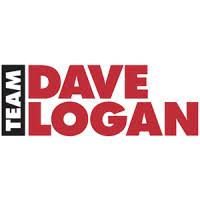
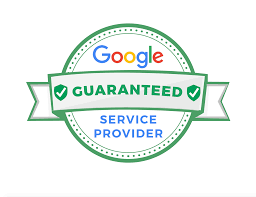
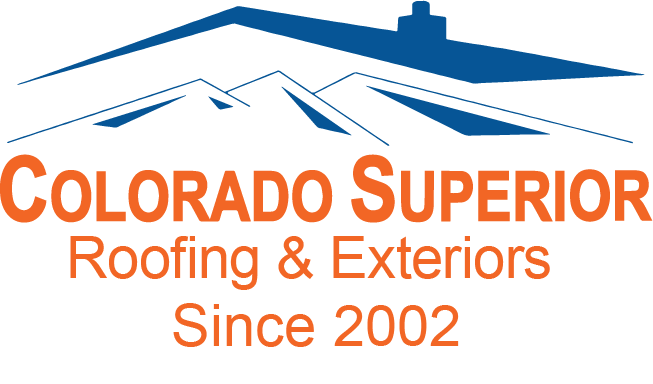
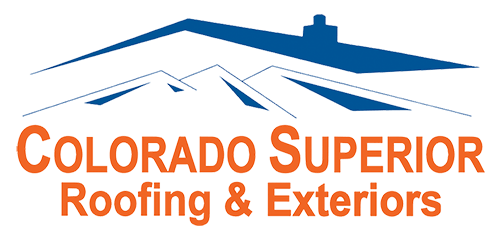
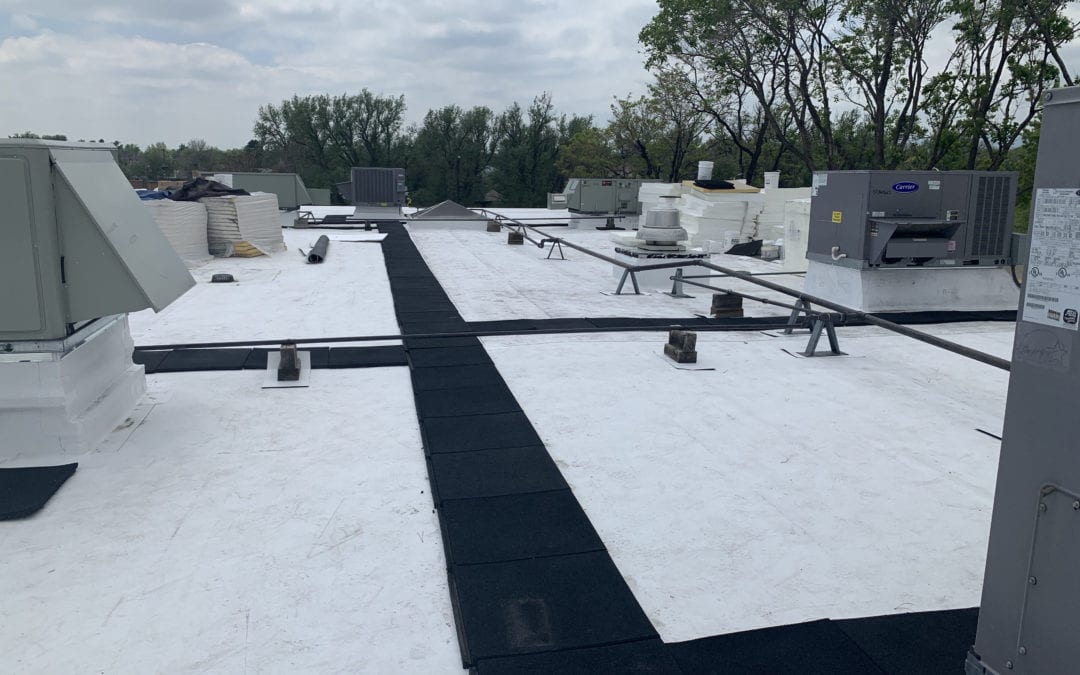
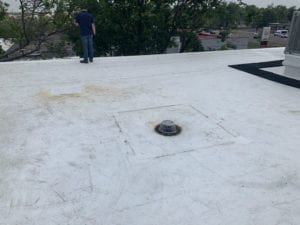 Commercial Roof Maintenance Programs
Commercial Roof Maintenance Programs